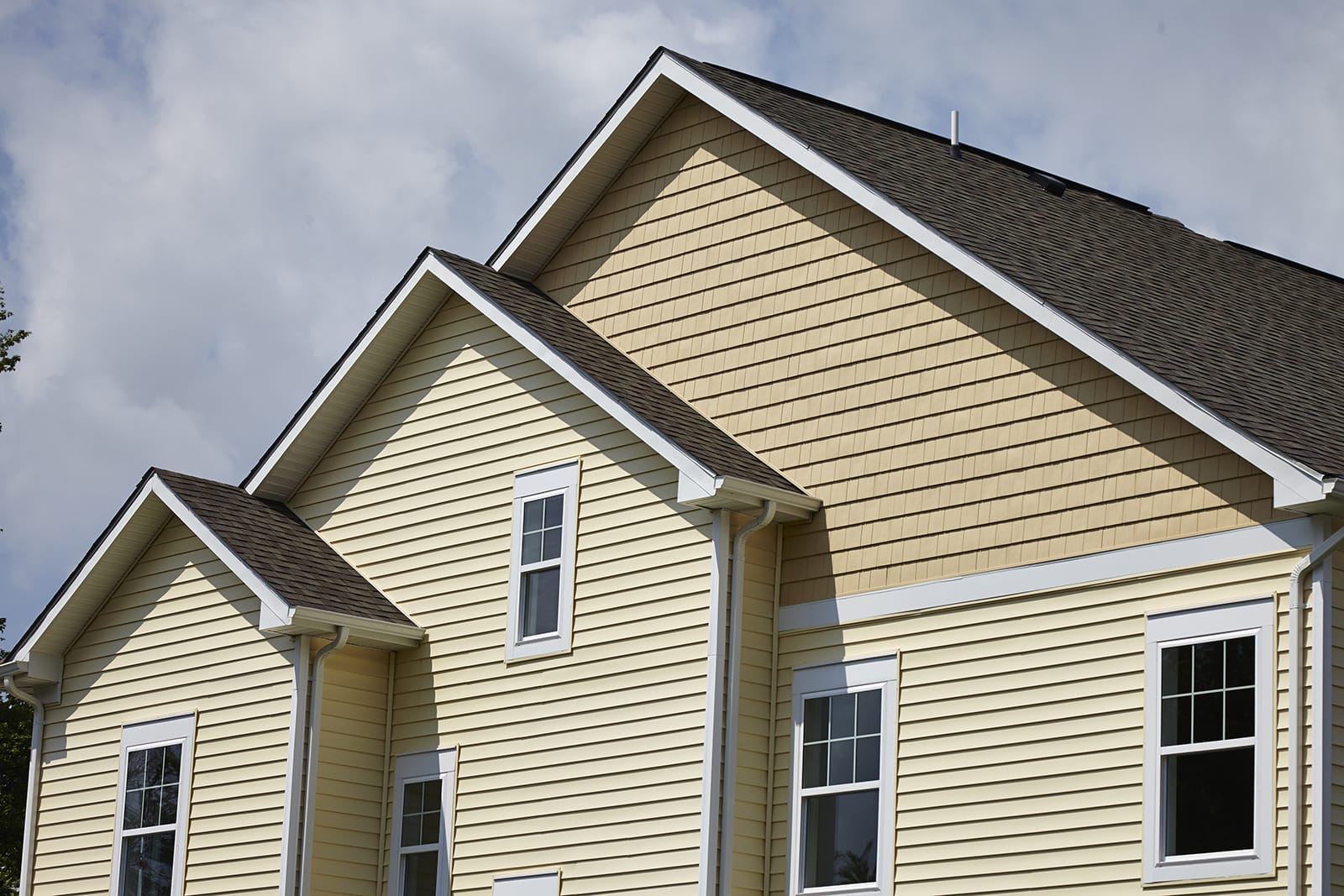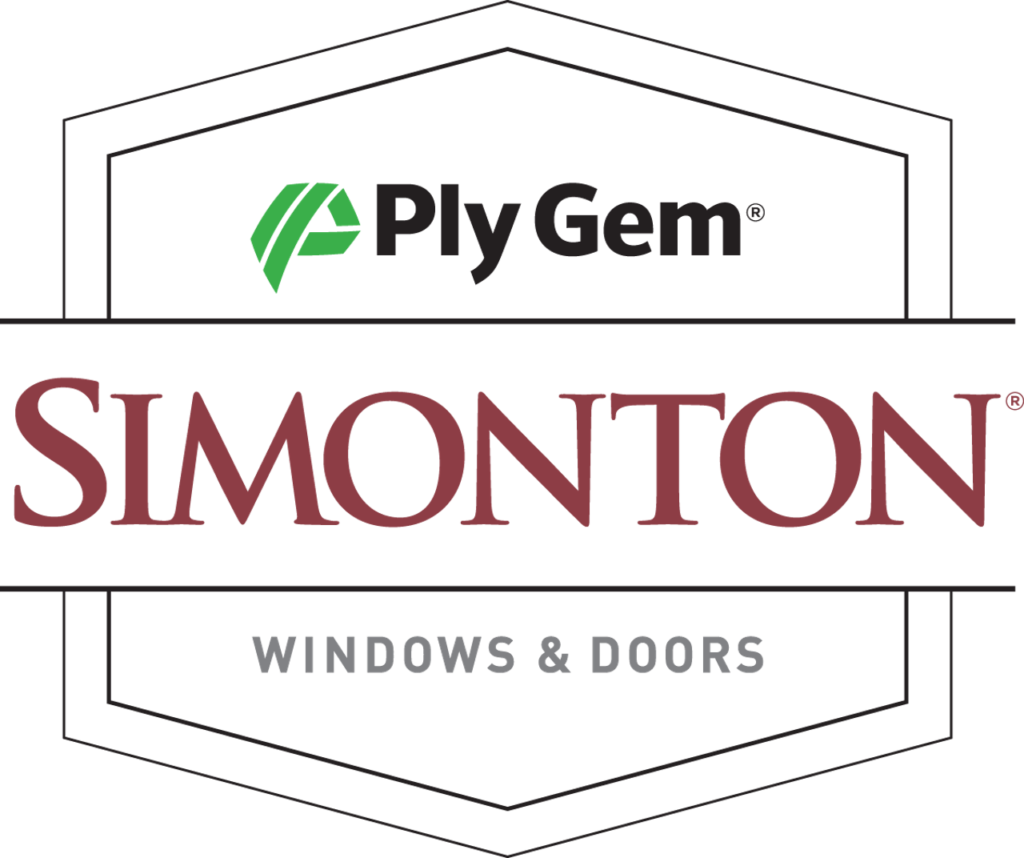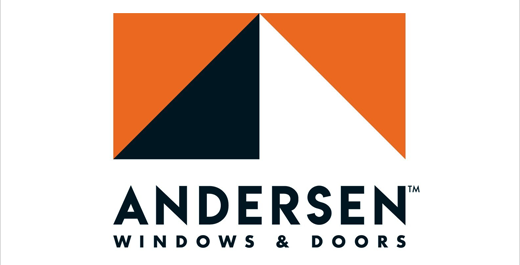If you’re wondering about the importance of siding on your home, it’s not just for aesthetics. Siding protects your home from severe weather, provides insulation, and enhances the exterior appearance. But there’s more to it!
Choosing siding is more complex than selecting a color you like. You must consider factors such as the local climate, budget, and personal preferences.
This guide will help you understand the significance of siding, how to choose the right type for your house, how to maintain it, and how to solve common problems.
Understanding the Role of Siding in Your Home
Siding, often overlooked, plays a vital role in your home’s protection and curb appeal. But it’s more than just an aesthetic feature.
Firstly, siding serves as your home’s primary defense against the elements. Siding acts as a shield, protecting your home from inclement weather like rain, snow, wind, and temperature fluctuations. Without proper siding, these can seep into the structure of your home, causing significant damage over time.
For instance, JASB Roofing & Exterior Remodeling has seen firsthand how quality siding protects homes from water intrusion that could lead to mold growth or structural weakening.
The Insulation Factor
Beyond protection, though, is insulation. Quality siding provides effective thermal insulation by creating a barrier between the interior of your home and outside temperature variations. This leads to more efficient energy use, lowering heating and cooling costs each season.
In fact, according to data collected by the U.S Energy Information Administration (EIA), well-insulated houses using top-notch sidings reduce their annual energy bills significantly.
Benefits of Installing Siding on Your Home
Adding siding to your home is like wrapping it in a protective shell. Siding can protect your home from harsh weather and increase its visual appeal.
The beauty of siding goes beyond skin-deep. A key benefit lies in its potential for energy efficiency. High-quality siding provides insulation, helping to maintain comfortable indoor temperatures regardless of the season. This could lead to reduced expenditure on heating and cooling systems, thereby saving you money.
Siding also helps protect from water damage. Properly installed siding directs rainwater away from the structure, reducing risks related to mold growth or structural instability caused by moisture intrusion.
Durability That Lasts
No one likes frequent repairs or replacements because they’re costly and time-consuming. Thankfully, certain types of siding materials are known for their long lifespan with minimal maintenance needed, making them a wise investment in the long run.
Aesthetic Appeal & Increased Property Value
Siding offers an immediate transformation in terms of aesthetics, too. From traditional wood clapboard styles to modern vinyl options available today – there’s something out there for every homeowner’s taste.
In addition, installing new sidings could significantly boost property value when you decide to sell up – buyers love properties that have been well-maintained inside and out.
Ease Of Maintenance
Certain kinds of sidings are virtually maintenance-free apart from the occasional cleaning required, which makes upkeep hassle-free.
Choosing such materials will give homeowners peace of mind, knowing their home’s exterior is cared for with minimal effort. All these factors make siding an excellent choice for enhancing your home’s look, improving energy efficiency, and increasing property value.
Key Takeaway:
Protect, Save and Beautify: Siding is your home’s shield against harsh weather, a ticket to energy savings by providing insulation, and an aesthetic game-changer that can skyrocket property value. Plus, certain siding materials require minimal upkeep – giving you peace of mind with less hassle.
Different Types of Siding Materials
It can be challenging to pick which siding option is the right fit for your house with all the available choices. Let’s delve into four popular types: vinyl, wood, fiber cement, and metal.
Vinyl Siding
Vinyl siding, made from PVC plastic resin, is affordable and low-maintenance. It resists pests and moisture but may warp or crack under extreme weather conditions.
Wood Siding
Nothing beats the timeless appeal of wood siding. Available in various styles like clapboard and shingles, wood offers an organic beauty that ages gracefully. However, it needs regular maintenance to prevent rotting and insects.
Fiber Cement Siding
If you’re after durability with aesthetic versatility – look no further than fiber cement siding. This material mimics other textures, including brick or stucco, without drawbacks but comes at a higher cost than vinyl or wood.
Metal Siding
The final contender is metal siding, often used for its modern flair. Not only does this durable option resist fire damage better than others, but it also requires little upkeep over time. So, when choosing siding materials for your home, consider the aesthetics you desire and the maintenance level you’re comfortable with. Remember: Your choice of siding can greatly affect how your home stands up to weather and age.
Maintenance and Care for Your Home’s Siding
Proper maintenance not only keeps your home looking sharp but also prolongs the lifespan of your siding.
Cleaning should be at the heart of any good maintenance routine. Most sidings can benefit from a gentle wash-down with a garden hose every six months. You might need a mild detergent solution for more stubborn dirt or mildew spots.
Regular Inspections
A quick visual inspection now and then can help spot potential problems before they escalate. Watch for signs such as warping, blistering, peeling paint, or insect damage.
If you see any cracks or gaps in the siding – don’t panic. These are usually simple fixes that involve caulking up small holes and repainting if necessary.
Schedule Professional Maintenance Checks
While DIY inspections work well most times, having professionals take a look annually will help, too; their trained eyes may catch issues we could miss. At JASB Roofing & Exterior Remodeling, our team specializes in these checks, which can give homeowners peace of mind about their investment.
Prompt Repairs
From experience working on hundreds of homes, minor problems with siding tend to grow if left unattended. However, proper maintenance will ensure your home looks and functions as it should.
Remember: taking care of your home’s exterior isn’t just about aesthetics; it’s also an investment in the longevity and value of your property. So keep up the maintenance work because well-cared-for siding is happy siding.
Key Takeaway:
Keep your home’s siding in top shape with regular cleaning and inspections. Don’t shy away from prompt repairs for any damage, even if they seem small – this helps prevent more issues down the line. Professional checks can offer an extra layer of assurance too. Remember, caring for your siding is not just about looks but also a valuable investment in your property’s longevity.
Common Problems with Siding and Their Solutions
Siding problems can be a homeowner’s nightmare. They affect not only the aesthetic appeal of your home but also its functionality. Let’s look at solutions for some common siding problems.
Denting or Warping
This issue is often seen in aluminum or vinyl siding. It may occur due to heavy impacts, like hailstorms, or extreme temperature changes causing expansion and contraction. Here’s a guide on repairing dented siding.
Fading Color
The sun can take a toll on your siding’s color over time, making it look worn out before its time. A fresh coat of paint usually helps with this problem.
Mold Growth
Mold growth indicates that water might seep into your walls through cracks in the siding. Proper sealing techniques should prevent mold buildup, but if it has already started growing, you’ll need professional help to get rid of it safely.
Rotten Wood Siding
Wooden sidings are prone to rot when exposed to constant moisture, which could lead to severe structural damage if left unchecked. To combat this problem, regular maintenance checks and timely repairs can help keep your siding in top shape. Remember, routine maintenance and prompt repair are the key to avoiding these problems. Therefore, stay vigilant of your house’s exterior and act quickly if any issues arise.
FAQs about Understanding the Role of Siding in Your Home
What is the purpose of siding on a house?
Siding serves as your home’s shield. It protects from weather, boosts insulation, and gives your abode its unique style.
What happens to a house with no siding?
A house without siding is vulnerable. It can suffer water damage, structural issues, poor insulation, and a lack of curb appeal.
How does siding affect home value?
Fresh, quality siding raises your home’s resale price by boosting curb appeal and energy efficiency.
When should you put siding on your house?
You should install new or replace old sidings when they’re damaged beyond repair or if you’re sprucing up for sale.
Conclusion
Knowing the importance of siding for your home is more than trivial. It’s about understanding the protective layer that insulates and adds character to your house.
You’ve learned about advantages like improved energy efficiency and increased property value. You’ve also discovered various materials, each with its strengths and weaknesses.
Remember how we discussed the impact of personal taste and local climate on your choice? That’s crucial for selecting the best option!
While installing siding might seem intimidating, it becomes manageable once you understand the procedure. Similarly, maintaining its lifespan is achievable with the right tips from this guide.
A key takeaway is realizing how significantly siding affects your home’s resale value – essential information for savvy homeowners like you! Remember, understanding begins here – by making sense of what covers your most valued possession – your home!












